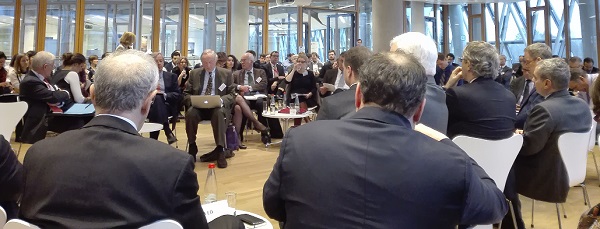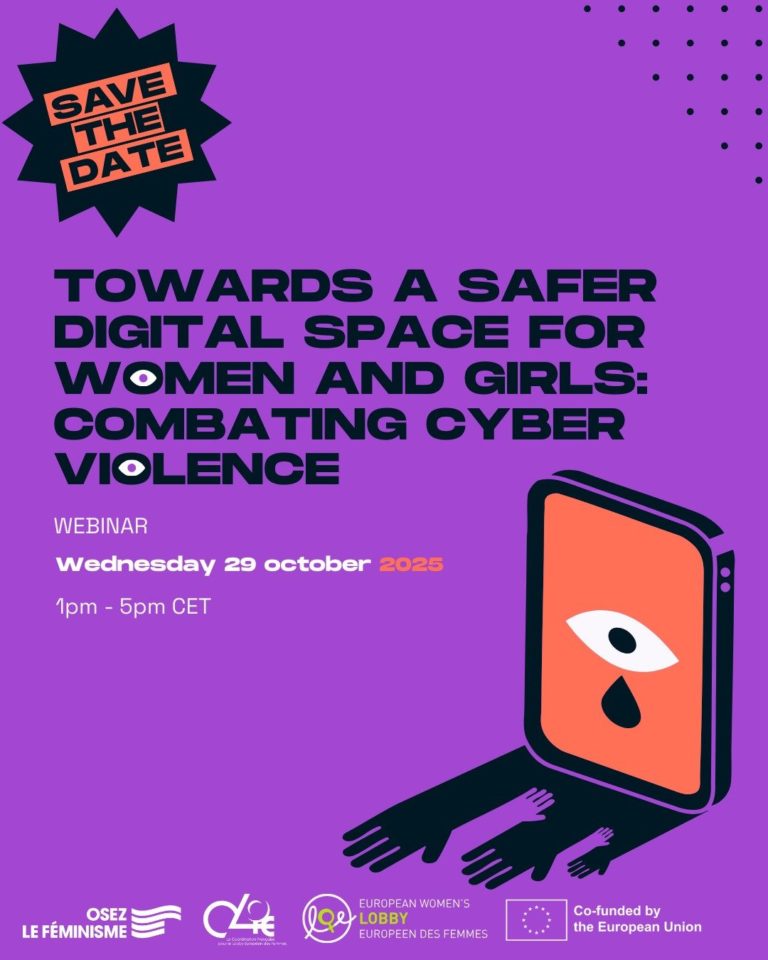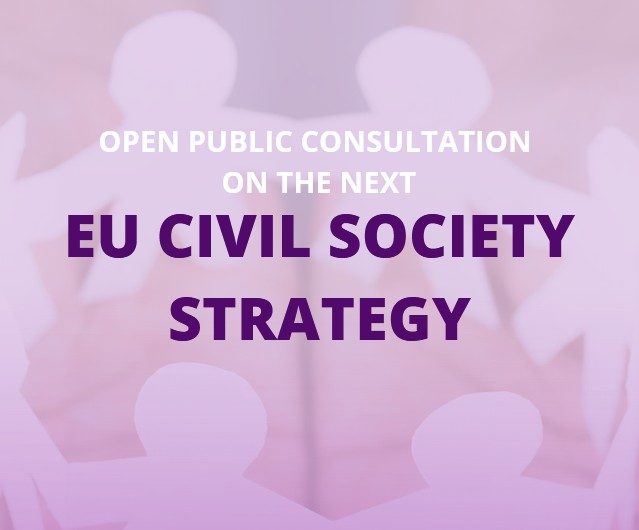[Brussels, 3 February 2017. European Women’s Lobby and Action Aid shared blog]
This week, the European Investment Bank (EIB) held its annual meeting with civil society in Luxembourg. It was the occasion for groups working on a wide range of issues to dialogue with Bank’s officials and the Board, calling for an end to support fossil fuels, effective consultation of local communities impacted by land-based investments, or to suggest further steps forward to advance women’s rights.
The EIB Group Gender Strategy has been approved last December, and is entering into force this month. It was high time for the EU Bank to get equipped with such a strategy – in contrast, the World Bank e.g. has a gender strategy since 2001…
The scope of the strategy is broad since it covers EIB lending, blending and advisory activity both inside and outside the European Union. The Gender Strategy includes solid analysis of the underlying causes of women’s rights violations and a number of very important commitments to address them through the Bank’s operations.
In particular, we welcome the fact that the Strategy recognises that unequal distribution of unpaid care work is an obstacle to women’s economic empowerment, in and outside Europe [[paras 34 & 38]]. The lack of voice, including in case of involuntary resettlement or land grabs [[para 22a]], is also recognised as a challenge to be addressed. The strategy also gives a nod to issues of intersectionality of gender discrimination [[para. 22b]] and acknowledges violence against women and girls as a barrier to gender equality [[paras 3 to 5]] .
In order to support the protection of women and girls’ rights, increase its positive impact on gender equality, and help focus support on projects that increase the participation of women in the labour market and economy, the Bank makes a number of commitments grouped under three categories: Protect, Impact and Invest.
Protect : The Banks commits to do no harm to women’s rights throughout its operations and to avoid reinforcing pre-existing gender inequalities. This is in line with the EU and member states’ human rights obligations to protect women’s rights. Gender-sensitive environmental and social due diligence will be systematic and the Bank’s clients will be required to refrain from having disproportionate negative social or environmental impacts on women.
Impact : This is more than do no harm or avoid detrimental impacts: it is about doing good or increasing the positive impact of the Bank’s operations on gender equality. This means the Bank will apply a gender lens when selecting investments or projects to support, and will work with willing clients. It means, e.g., looking at the transport sector from a women’s perspective, or encourage gender diversity in job creation and within the Bank clients’ corporate governance and decision-making.
Invest : The Bank commits to identify investments that increase women’s economic empowerment and access to employment and credit on equal terms. The Banks commits to invest in the care economy in Europe and beyond and to support social infrastructure.
A UN high level panel recently highlighted the failure to recognize, reduce and redistribute unpaid household work as a major systemic constrain hampering women’s economic opportunities, something that human rights organisations have been saying for many years [[https://www.actionaid.org.uk/sites/default/files/publications/womens_rights_on-line_version_2.1.pdf]]. Creating jobs for women can only empower them effectively if jobs are decent (as per the ILO standards), but also if women’s unpaid care burden is effectively addressed. A commitment by the EU Bank to invest in the care economy and gender responsible social infrastructures or public services is welcome at a time where EU’s credibility has been deeply eroded because of its relentless push within Europe for austerity measures that hit women first…
So, is the Gender Strategy perfect? Well, for our organisations, it is certainly a welcome and important starting point, including because the Bank speaks about protection of women’s rights and not just ‘investment in women’ – the economy must serve women’s rights, not the opposite. After all, the EIB manages more than 80 billion € a year. However, a number of elements could have been stronger, in particular:
- The ‘impact’ and ‘invest’ parts are not described as mandatory. In particular, the Strategy mentions the ‘willingness of the client’ as a factor of success under the commitments regarding Impacts. We believe the EIB should ONLY engage clients who are willing to align with this strategy.
- There is a focus on promoting the equal ability to access and utilise the assets, services, benefits and opportunities generated by EIB Group investments, regardless of sex. However, it would have been important to recognise that achieving substantive gender equality may require privileging access i.e. differential measures for women over men (as per CEDAW General Recommendation 25). Including within the Bank itself.
- The Strategy says very little on how the Bank will engage with women, women rights organisations and trade unions representing large cohorts of women workers in implementing and evaluating the Strategy, and ensuring accountability. How will those CSOs and women’s rights organisations in the South in particular, be involved in the operationalisation of the Gender Action Plan? Promote women’s voice, agency and leadership at all levels is an important dimension of the fight for equal rights.
- Last but not least, there is very little on access to remedy, one of the three key pillars of the Ruggie ‘Protect, Respect, Remedy’ Framework. The EIB complaints mechanism will be reviewed soon, this should provide an opportunity to ensure that special attention is paid to access for women and girls to the EIB grievance mechanism.
Is the job done? Certainly not, it is only starting! To be effectively implemented across all EIB operations and departments, the Gender Strategy will require sustained leadership and commitment from the highest levels, not just a relatively under-resourced and un-empowered gender team. The next step is now the Action Plan based on that strategy: It will have to define how to strategically address the problems identified, and will hopefully set ambitious targets for the pillars on impacts and investments, to give them teeth.
The EIB is the EU Bank so it has to implement the EU policies, not to question them. Macroeconomic neo-liberal and fiscal austerity policies promoted by the EU and a majority of member states contribute directly to women’s poor economic status. With the new Gender Strategy, the EIB can start paving the way in the right direction, but as long as EU leaders will not look at macroeconomic policies through a feminist lens, the deep changes we need will not take place.
By Mary Collins, Senior Policy and Advocacy Coordinator, European Women’s Lobby & Isabelle Brachet, Europe Advocacy Coordinator, ActionAid



